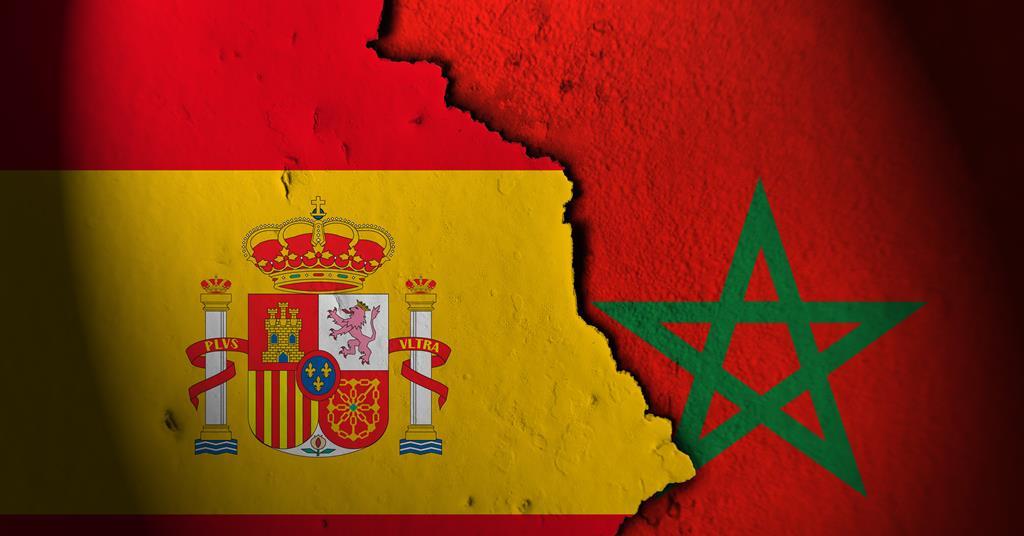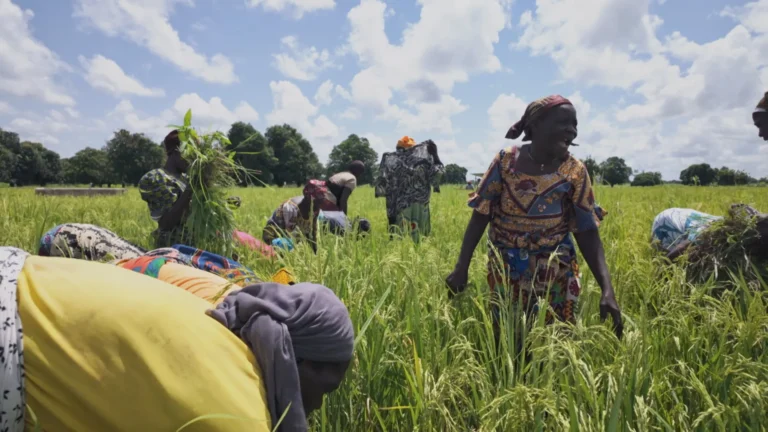
Morocco has emerged as the eighth-largest importer of Spanish beef, receiving more than 3,744 tons in 2024, according to an annual report on the beef sector released by Spain’s Ministry of Agriculture, Fisheries and Food.
This volume accounted for approximately 1.6% of Spain’s total beef exports during the same period.
Portugal led the list of Spain’s main export markets with over 70,000 tons, followed by Italy with around 40,000 tons and France with more than 33,000 tons. In total, Spain exported more than 235,000 tons of beef to various international markets, including Algeria, the Philippines and Morocco.
The report also highlighted that Spain’s domestic beef production reached about 718,000 tons by the end of 2024, marking a 3% increase compared to 2023.
This achievement positions Spain as the third-largest producer in Europe and the fourth worldwide, despite a decline in herd numbers. Export revenues for the sector surpassed €1.7 billion during the year.
Around 75% of registered cattle farms in Spain are dedicated to meat production, with the lactating herd numbering approximately 2,019,000 heads. The regions of Castile, Galicia and Extremadura continue to play a leading role in the industry.
The ministry noted that feed prices stabilized in 2024 after previous years of steep increases. However, the number of farms and herds continued to decline both within Spain and across the European Union, influenced by a combination of geopolitical, climatic, economic and social factors.
Despite these challenges, the beef sector maintained a positive trade balance in both volume and value. While the European Union remains the primary market for Spanish beef, exports to emerging destinations such as Morocco, Algeria and the Philippines are steadily growing.
Domestic consumption also saw a modest rise of 1.5% compared to 2023, reaching 182,000 tons, with beef holding its position as the second-most consumed meat in Spain after poultry.



